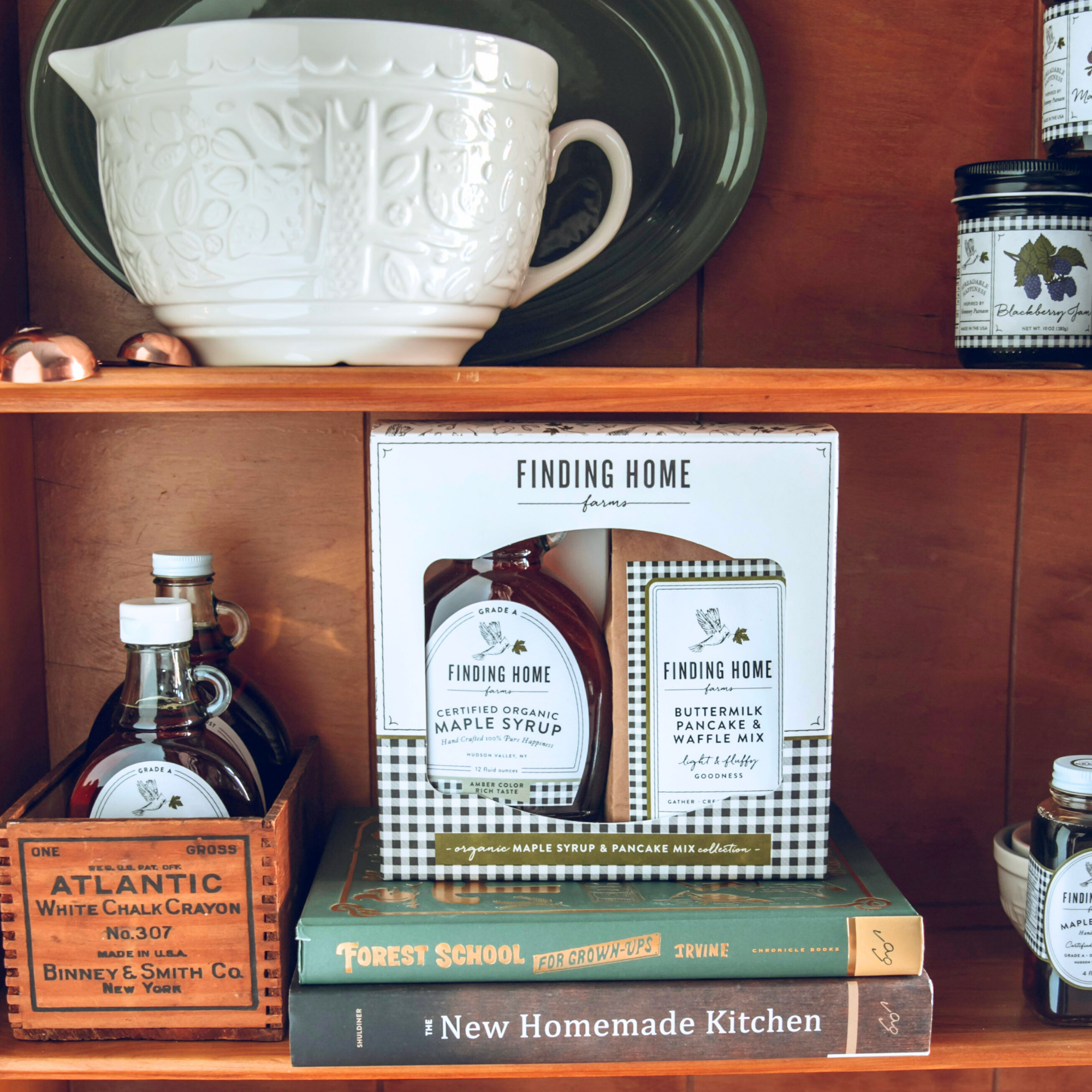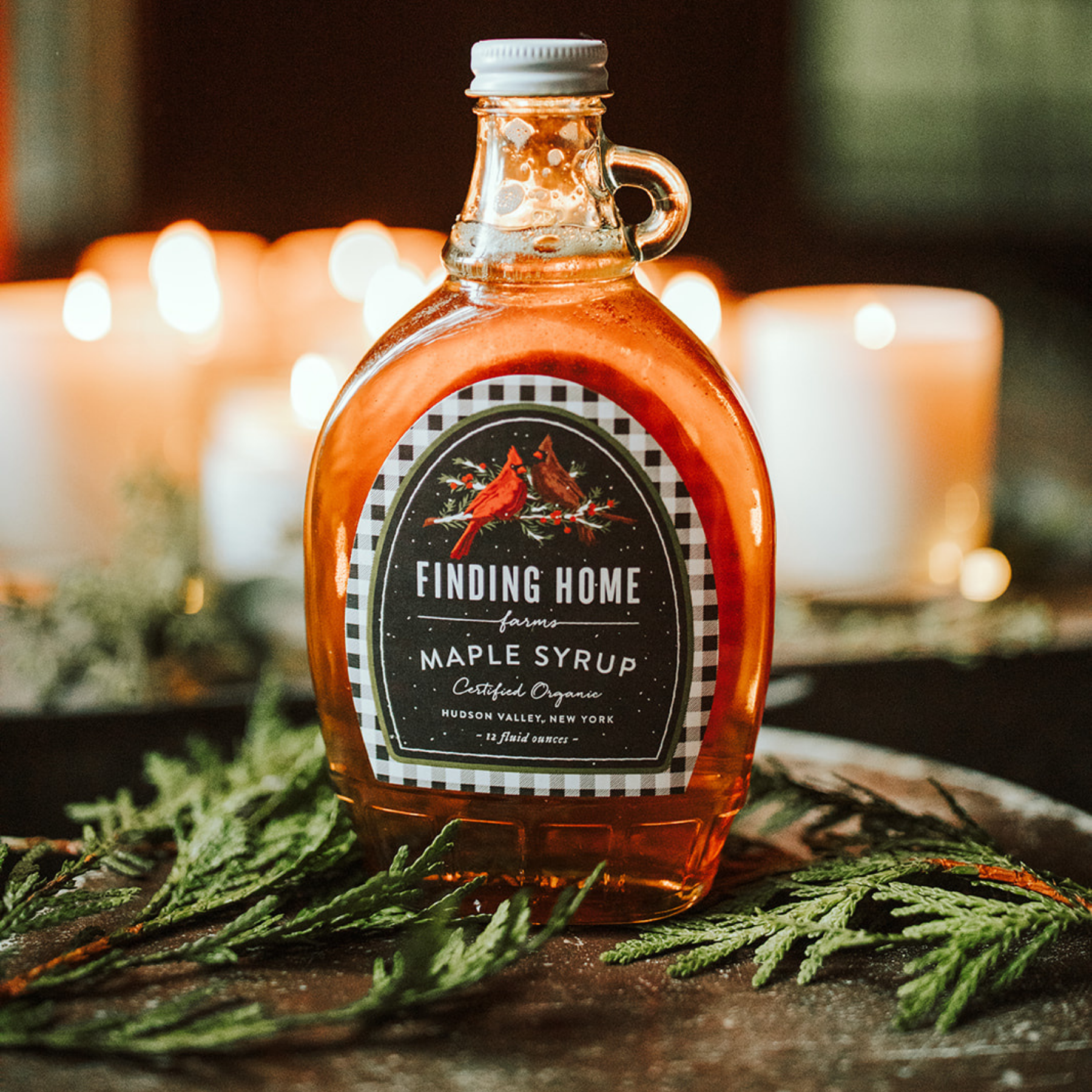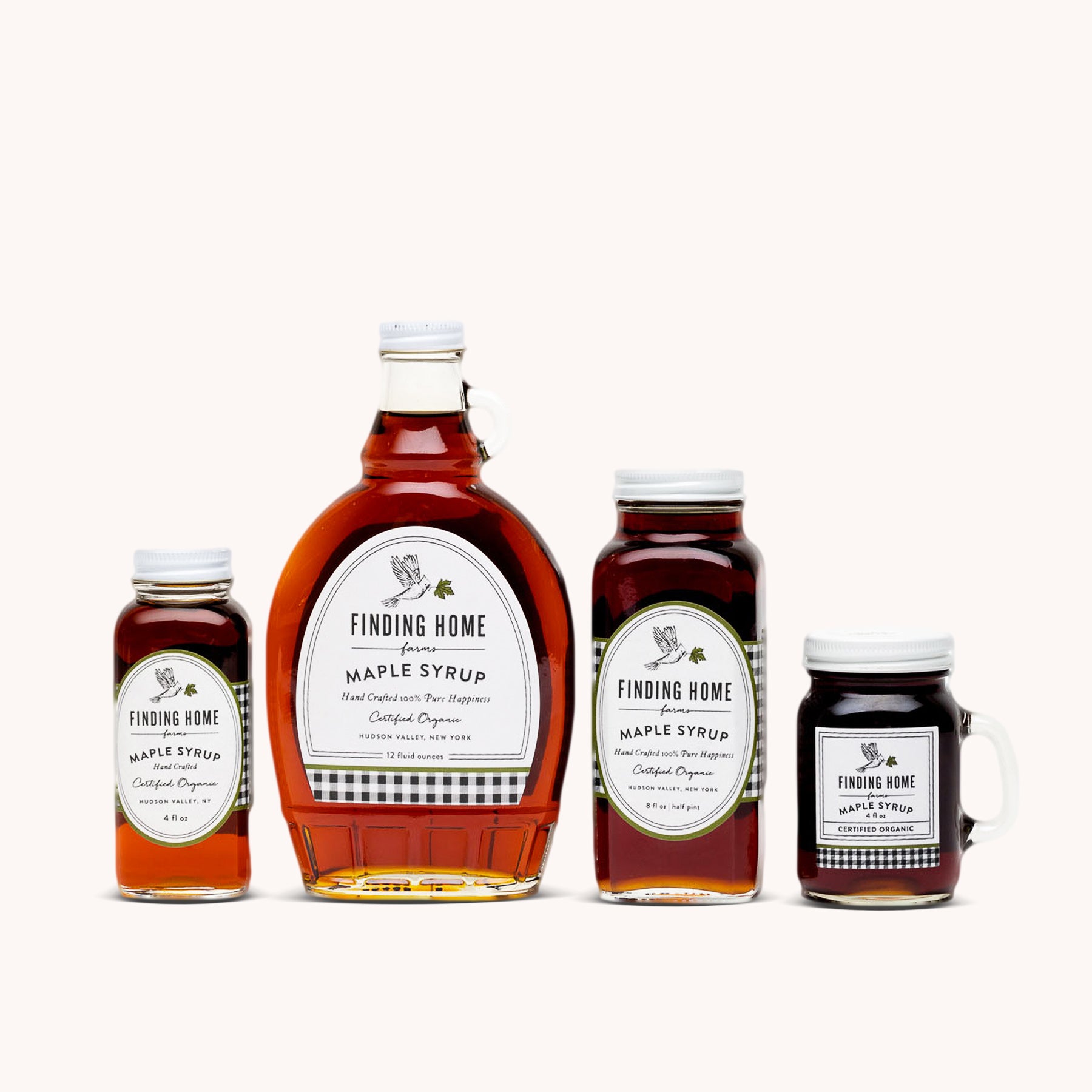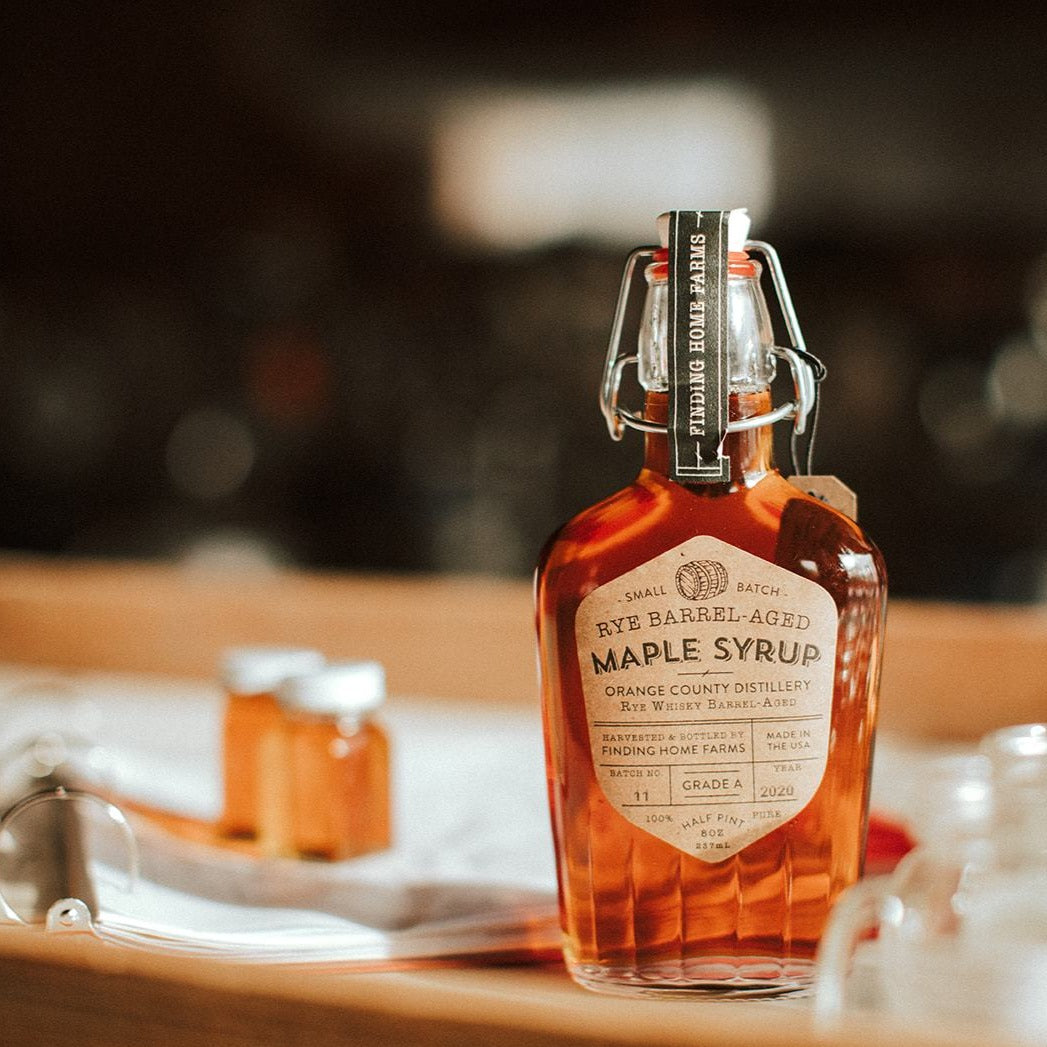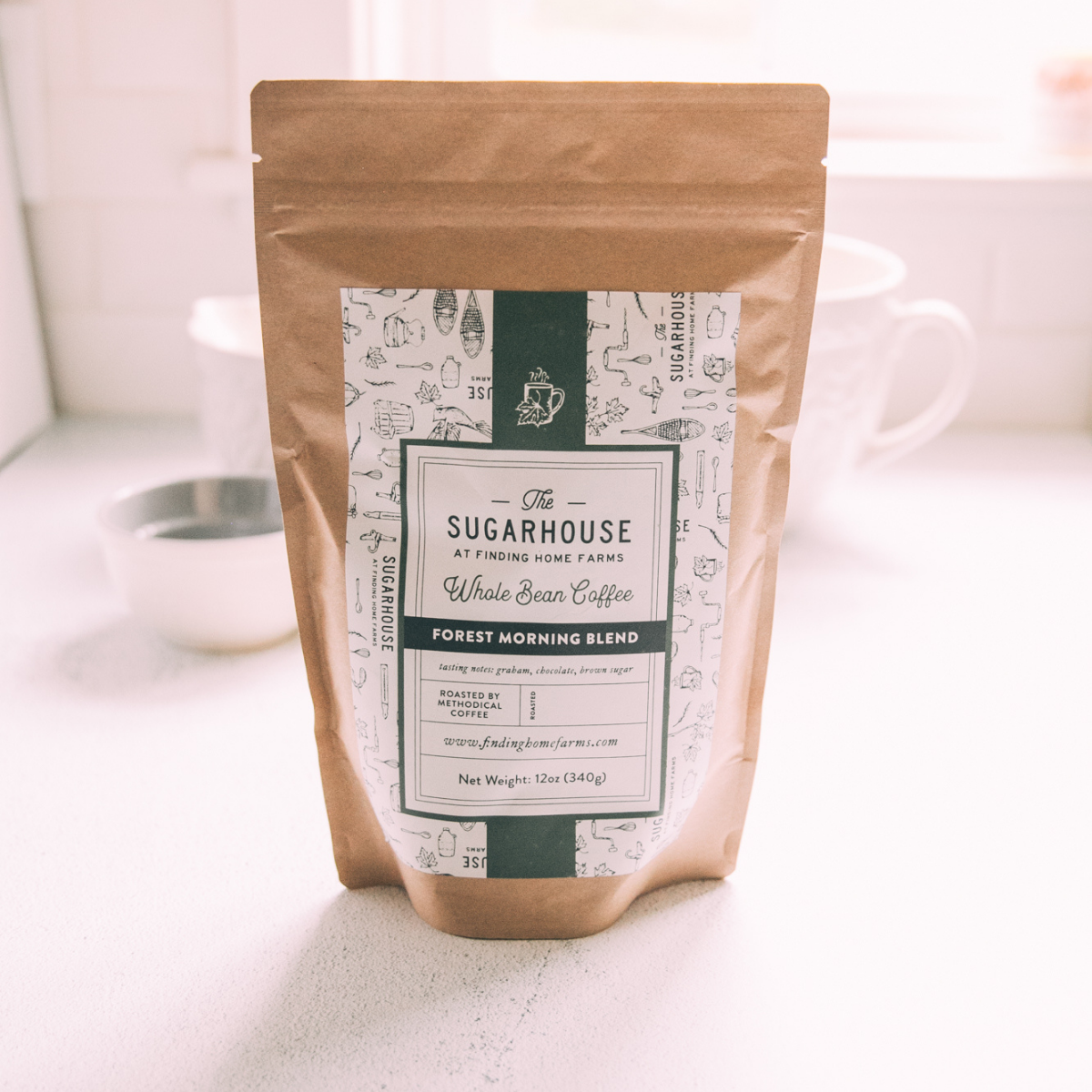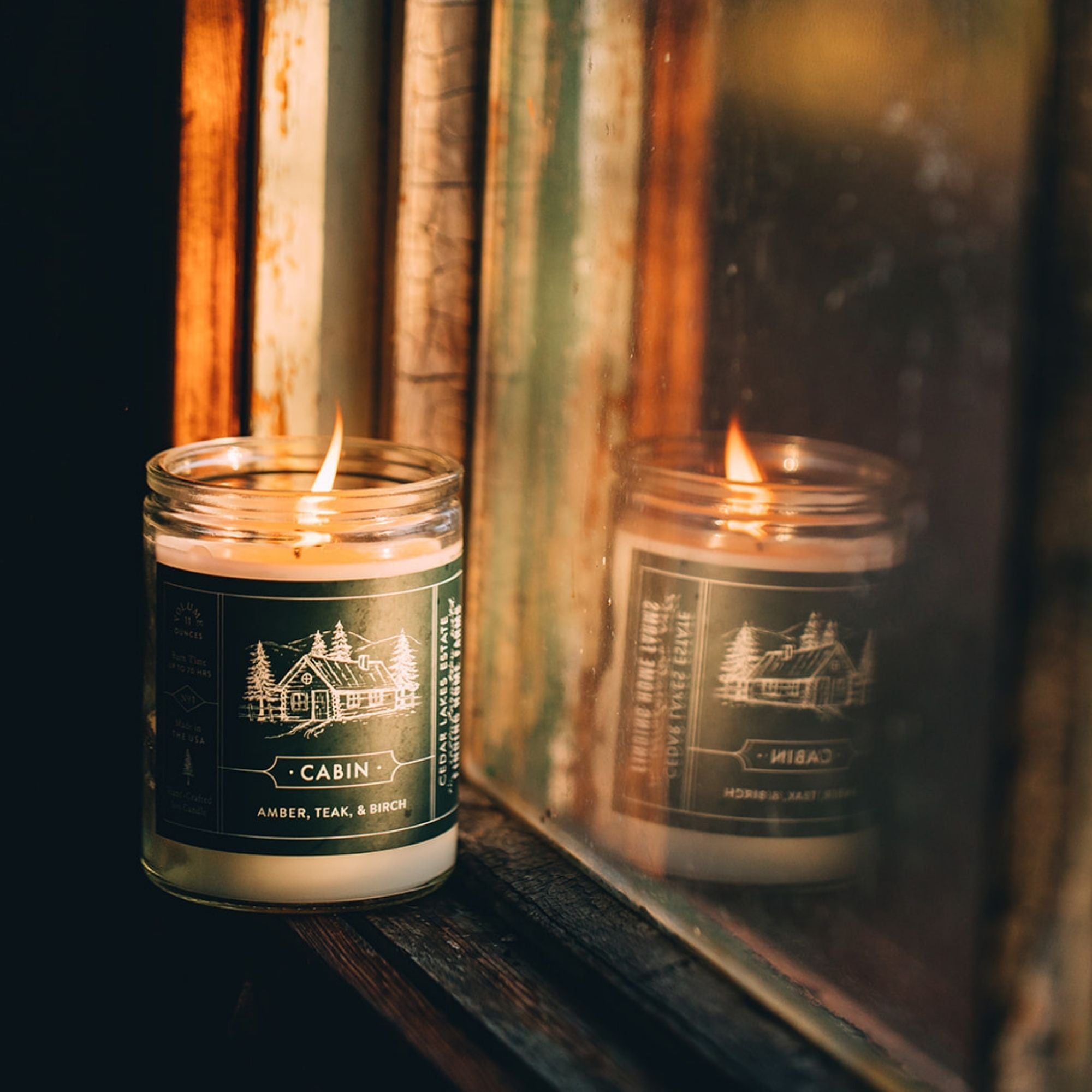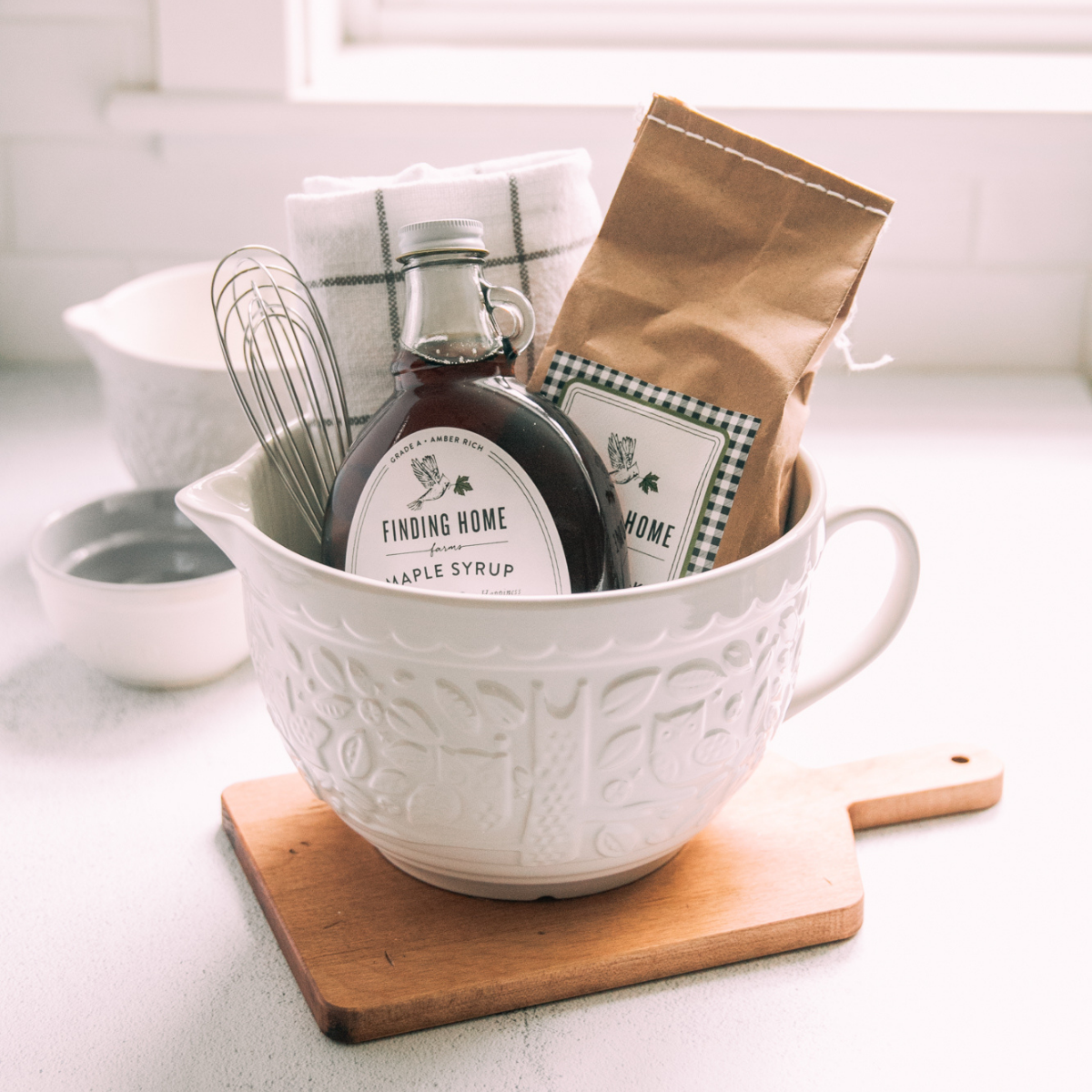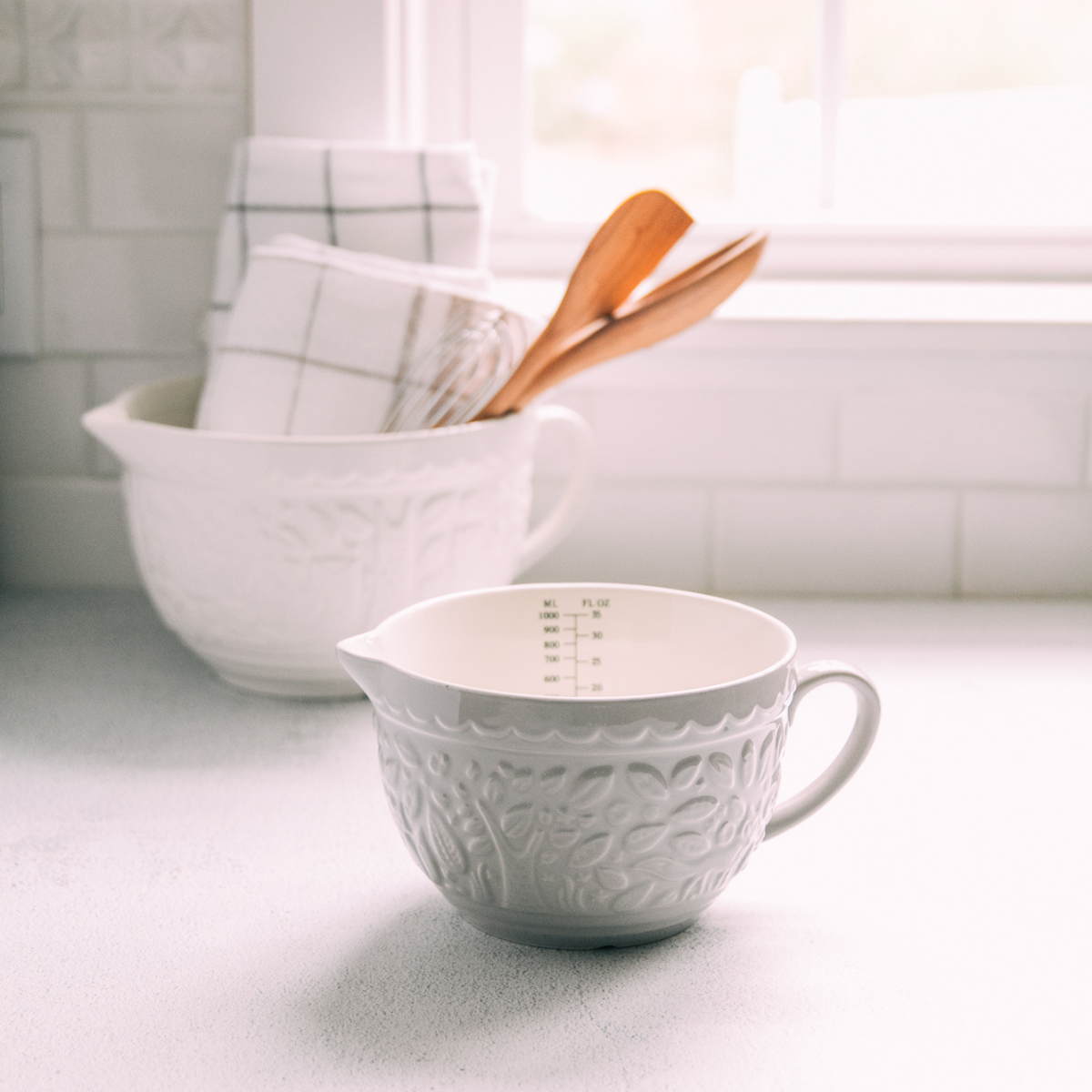Organic Maple Syrup from New York
The Ultimate Guide to Maple Syrup
Maple syrup is one of the most delicious natural products in the world. It’s perfect for pancakes, sweetening tea, and even curing bacon. Unfortunately, many people still aren’t 100% sure where maple syrup comes from, whether it’s good for them, and how to buy the best batches.
Pure maple syrup, the kind that comes from the maple tree, can be an excellent addition to a pancake or stack of waffles. This delicious substance might be better for you than many other refined sugars and sticky syrups choices.
The maple tree produces maple sugar and maple sap that’s packed full of excellent ingredients, like antioxidants, zinc, and potassium. What’s more, this product has a lower glycemic index than refined sugar too. Here’s everything you need to know.
Is maple syrup high in sugar?
The first thing you need to know is that real maple syrup does contain sugar – but it’s different from the refined sugar that comes in other human-made corn syrup products. Pure maple syrup contains natural sugars and often comes with no added sugar, so it doesn’t give you the crash that you get from cheaper pancake syrup products.
On top of its unique sugar profile, maple syrup also comes with plenty of other ingredients that can make it more appealing than white sugar and high fructose corn syrup. For instance, real maple syrup features:- Zinc: Up to 28% of your recommended daily intake
- Calcium: Up to 7% of your RDI
- Potassium: Up to 6% of your RDI
- Manganese: 165% of your RDI
- Iron: Up to 7% of your RDI
That doesn’t mean that you should eat maple syrup and nothing else, of course. Maple syrup still contains more sugar than honey and other natural products. When consumed in excess, even the best maple syrup could lead to problems like type 2 diabetes, heart disease, and obesity. That’s particularly true when you use maple syrup to create baked goods like flapjacks and cookies.
The good news is that the glycemic index of maple syrup is 54, while table sugar has an index of around 65+. Replacing a spoonful of sugar with a small dose of maple syrup could make your coffee or tea healthier.
Is maple syrup a superfood?
The term “superfood” is thrown around frequently in the nutrition and dieting world. Just because pure maple syrup is better than corn syrup or standard table sugar doesn’t mean that it’s going to change your life or cure your ailments. However, organic maple syrup does have a lot of unique benefits worth mentioning.
Using maple syrup instead of refined sugar in your waffle recipe or other products could help you cut down on excess sweetener and unlock some amazing antioxidants.
Oxidative damage is a common problem in the modern world – and something that impacts many of us every day. Antioxidants are the substances that neutralize free radicals in the air and reduce oxidative damage. They can significantly reduce your risk of some ailments.
Compared to many other sweet substances, real maple syrup is an amazing source of antioxidants, containing around 24 different options in one dose. However, before you start tapping into a sugar maple tree for your waffles, it’s worth noting the different kinds of maple syrup.
Maple syrup producers process this natural sweetener in different ways to create unique flavors. The darker syrup available from specialists usually contains higher doses of antioxidants.
Is maple syrup anti-inflammatory?
Although eliminating artificial sweeteners and sugars entirely is the best way to transform your health, this isn’t always an option for everyone. If you’re cutting down on table sugar, maple syrup is better for you than golden syrup, corn syrup, and imitation maple syrup.
The active compounds preserved in high processing grade maple syrup may even play a part in reducing the growth of cancer cells. As long as you choose real maple syrup, you could benefit from reduced growth in dangerous cells, and even a slower breakdown of carbohydrates.
Another bonus of maple syrup is that it is, in fact, an anti-inflammatory. Studies demonstrate that this delicious liquid contains quebecol. This substance is a powerful anti-inflammatory, ideal for reducing problems caused by inflammation in the body.
Although studies into the anti-inflammatory properties of maple syrup are still ongoing, the results do look positive. Scientists are beginning to explore whether maple syrup can help with diseases and disorders that come from inflammation. For instance, psoriasis, asthma, rheumatoid arthritis, and even cardiovascular disease all have a link to inflammation.
With a little more research, we could discover that maple syrup is more beneficial than anyone realized.
Is real maple syrup worth it?
To unlock the benefits of maple syrup, you must ensure that you’re getting the pure, organic substance that comes from maple trees. Corn syrup with a maple flavor or pancake syrup made with artificial maple extract contains none of the benefits.
Before you start adding a strong maple flavor to your French toast, or ice cream, make sure that you’ve got the genuine article. To create the robust taste of true maple syrup, experts tap trees to extract the sap within. Refining and boiling this sap during maple syrup production caramelizes the natural sugars, leading to a deeper flavor.
Depending on the strategies that maple syrup companies use, you can get a different color of syrup. Some options are a medium amber shade, whereas others are deeper and darker. Basic table syrup doesn’t contain any of the maple sap. Usually, the closest ingredient you get in this syrup is an artificial flavor that mimics the maple taste.
Corn syrup and other reproductions are cheaper because they’re easier to produce. You’ll also notice that any syrup that doesn’t come from the maple tree might be a lot thinner and runnier than the genuine options.
If you’re looking for the genuine health benefits that the maple tree can bring, then you need to go for the true, organic syrup – even though it will cost a little more. Pure maple syrup also has a unique flavor that’s difficult to mimic with granulated sugar and other substances.
Which is better, amber or dark maple syrup?
So, how do you choose the right maple syrup?
Well, you’ll find that most of the real syrup in New England comes from Vermont, with around 1.3 million gallons produced each year. However, Canada is responsible for the biggest share of the world’s maple syrup, as it’s an excellent place to find the sugar maple tree, and as you know, we at Finding Home Farms live in New York, and if you ask me, we have the best sugar maples around 😉
But I digress…
Switching from sugar to maple syrup is tough. There’s sugar in everything from waffles to baked beans these days. Although you might not be able to replace all of your sugar with maple syrup, knowing how to distinguish the best options from the rest is a good idea.
Because pure maple syrup comes from all over the world, there are different ways that you can classify it. For instance, Canada has multiple classification levels for organic maple syrup. These include:
- AA (extra light)
- A (light)
- B (medium
- Number 2 (Amber)
- Number 3 (dark)
If that’s a little confusing, you might want to check the US grading levels. Light amber syrups are Grade A, while Grade B is medium or darker amber. The lighter your maple syrup is, the more delicate the flavor becomes. If you have a particularly dark syrup, you’re more likely to notice the deeper, natural flavors of the maple tree.
Darker syrups may also contain more antioxidants than lighter alternatives. That’s simply because darker syrups are often made with more sap and fewer refining processes.
Is maple syrup healthier than pancake syrup?
As mentioned above, maple syrup and pancake syrup are two quite different products. One is made from the sap of the maple tree. The other includes a combination of ingredients, such as corn syrup, table sugar, and brown sugar. As a more natural substance with a lower glycemic index, maple syrup is healthier than standard pancake syrup.
If you can get natural and authentic syrup the next time you visit a diner or restaurant, it’s definitely worth giving it a go. It might also be good to add organic syrup to some of your favorite sweet recipe options. Maple syrup isn’t just good on waffles. This unique substance brings more taste to things like tea, coffee, and baked goods.
You might find that you discover a new recipe with maple syrup that transforms the way you bake forever. This delightful syrup can be an excellent replacement for honey and other sugars. However, it’s worth noting that maple syrup still isn’t the healthiest product around. Compared to other natural sweeteners like cinnamon, maple syrup still contains a lot of sugar.
It’s important to be careful when determining how much of this amazing product you should use. As a replacement for table and granulated sugar, maple syrup stands out as a solution with a lower glycemic index, more powerful compounds, and a higher share of antioxidants. However, because of its robust flavor and extra sweetness, you can use less maple syrup if replacing table sugar. I like to substitute maple syrup when I make salad dressing. If the salad dressing calls for 1/4 cup table sugar, I might use 1 TBSP maple syrup instead. Just don’t forget to use it in moderation.
Do you refrigerate maple syrup?
If you decide that you are going to add maple syrup to your routine, you need to know how to store it. Maple syrup isn’t the same as maple flavor corn syrup or pancake syrup. It requires a different level of care. Leaving your syrup out on the counter all day could ruin its antioxidant qualities.
While you don’t need to refrigerate ingredients like bread or onions, putting maple syrup in the fridge is actually a good idea. This might be a surprise to you if you’re used to keeping your maple tree syrup next to the brown sugar in the pantry.
While you can leave your maple syrup out unopened, as soon as you crack the seal, you need to put it in the fridge. Unlike traditional sugar and brown sugar, maple syrup is a natural substance with a lot of moisture and organic elements. This means that it can quickly grow mold if you’re not careful.
If you like to warm your maple syrup to room temperature before putting it on your waffles, take it out of the fridge, or pour 1 cup of syrup in advance, so it has time to warm without getting moldy. You can even place your maple syrup in the freezer if you need to. The substance won’t freeze solid, but it could last longer this way.
Other Surprising Benefits of Maple Syrup
Maple syrup has a lot of benefits to offer as an alternative to traditional table sugar. However, the amount of sugar that you still consume with maple syrup can mean that it’s not ideal as a superfood. One way that you can use maple syrup and get all the benefits with none of the downsides is to use it as a hair mask or treatment.
Maple syrup is a fantastic option for people who have super dehydrated or dry hair. The natural antioxidants and other healthy ingredients in maple syrup make it an excellent choice to improve hair moisture and bring dry hair to life. However, you will need to look into making proper hair masks. You don’t want to end up with a sticky clump of hair.
Mix your pure maple syrup with honey in a bowl and add some basic conditioner if you can. This will make it easier to comb the syrup through your hair. Apply the mixture to your hair, and comb through to the ends using a wide-toothed brush. You can put your hair in saran wrap or a plastic cap to help the substance really soak in.
One point to note is that although maple syrup is great for dry hair, it won’t solve all of your problems. If you have oily or greasy hair, maple syrup will often amplify this problem.
We may be a little biased, but we think maple syrup is pretty great! It offers a variety of health benefits, and we take pride in knowing that our hand-crafted maple syrup will add a deep, rich flavor to your favorite recipes.

